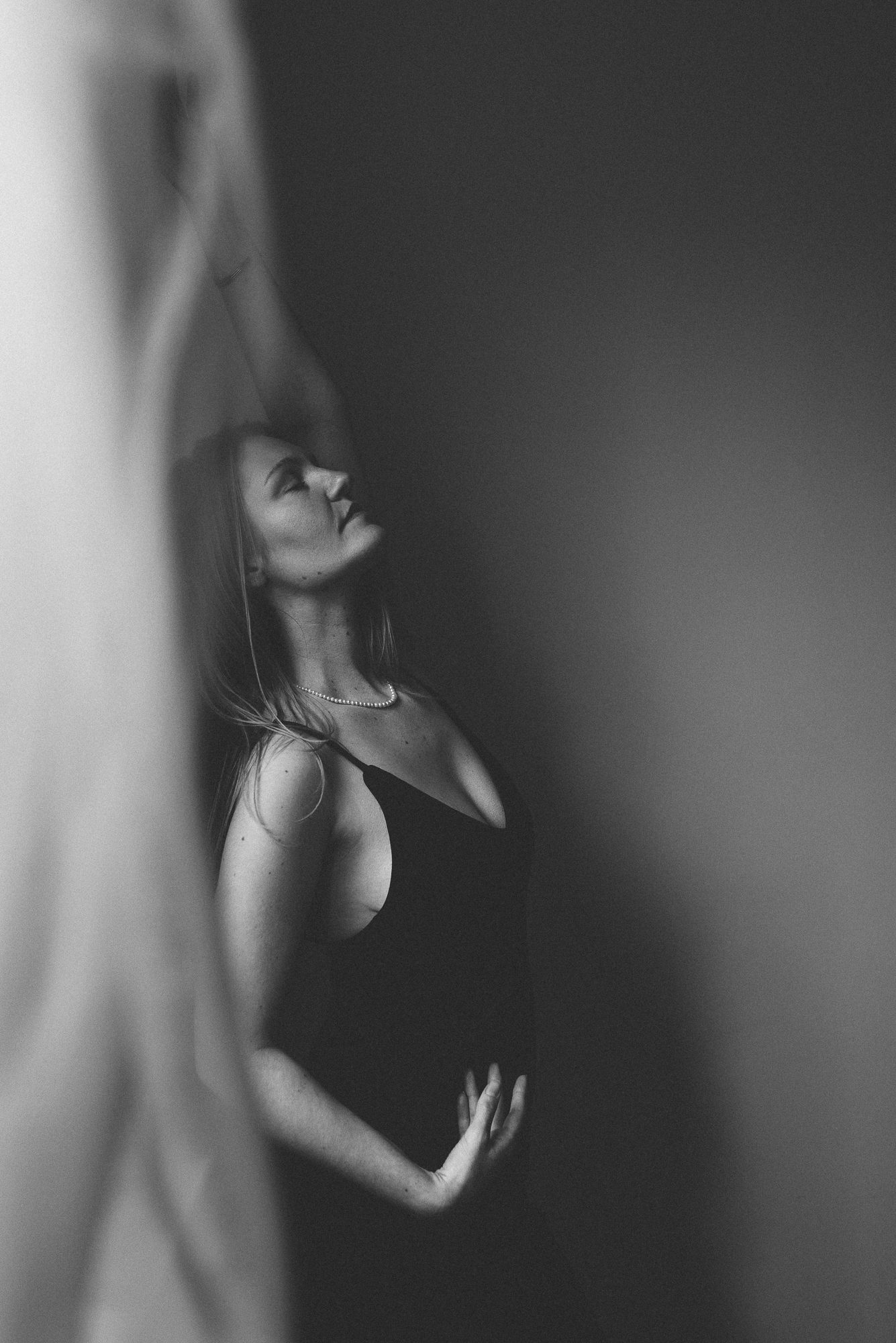Although I've called this 'best lenses', these are actually just the lenses and focal lengths I personally prefer to use for artistic nudes, portraits & boudoir photography.
There are some general rules for best practise with different lens focal lengths, which I have included below - but photography rules are made to be broken!


Fixed focus lenses
I should start this article by stating that I much prefer fixed focus lenses for this kind of photography. They provide clear, high quality photographs and you have the time to swap them. Fixed focus lenses have always been far better bang for your buck in terms of optical quality and low light capability – zoom lenses always require some concessions.
Art nude, portrait & boudoir photography tend not to be the same level of olympic sport vs other photography genres, where changing lenses can be impossible. Case in point: winding back to when I shot weddings, it was a totally different story – I mostly shot with a 70-200mm on one camera and a 35mm or 24-70mm on the other camera. Typically switching to an 85mm/50mm for the low-lit ‘getting ready’ shots and sometimes moving to 85mm during the reception when my arms got tired with the addition of a huge flash!
Understanding different lens focal lengths
For those of you who are starting out, you might be unfamiliar with the effects of different focal lengths. This article lays out the basics. To summarise, the wider your lens, the more it will distort your photo – in the case of a close portrait on a wide lens this will lead to a larger nose and smaller ears. This gif is also a very useful resource to show this effect!
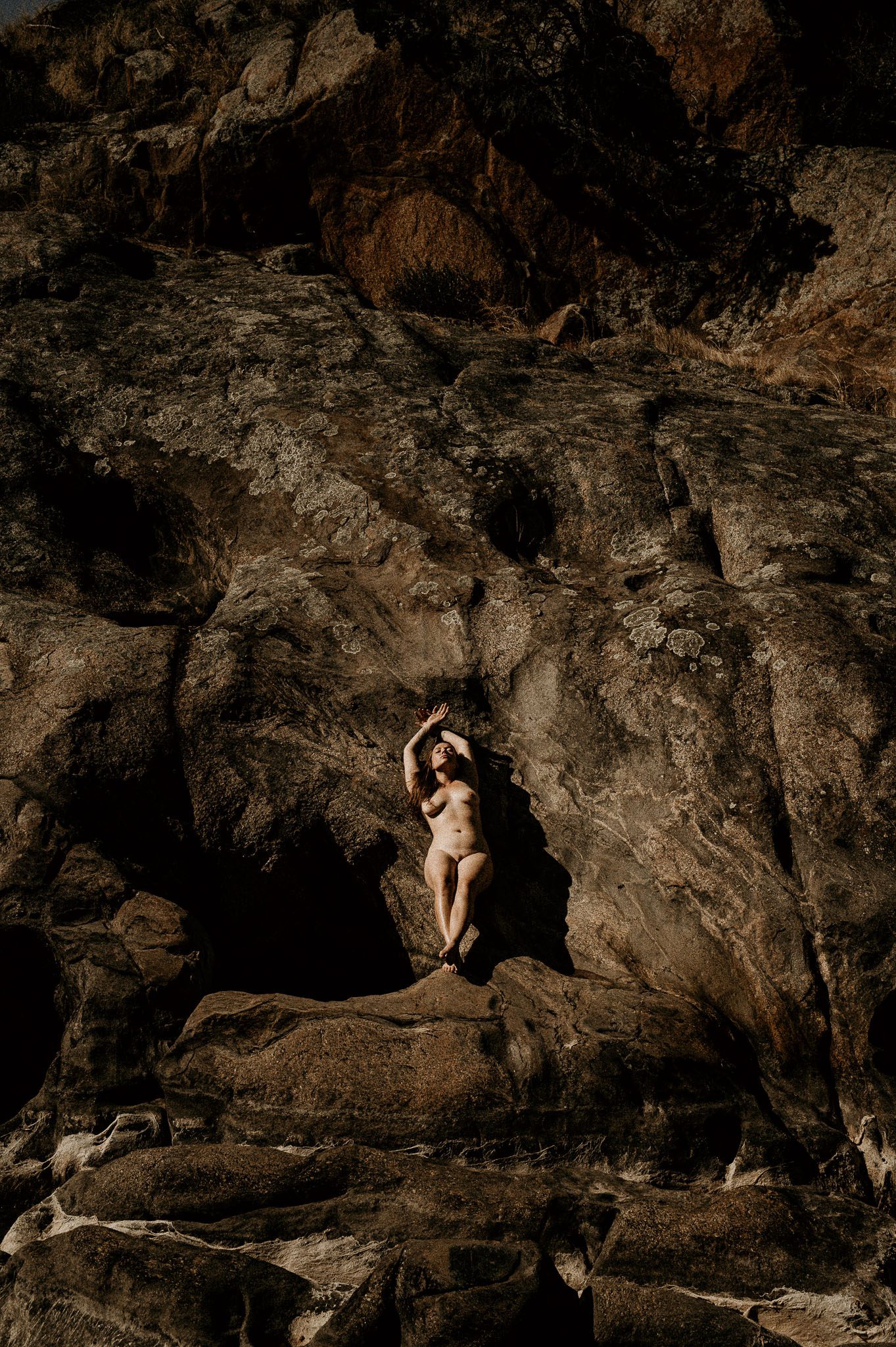

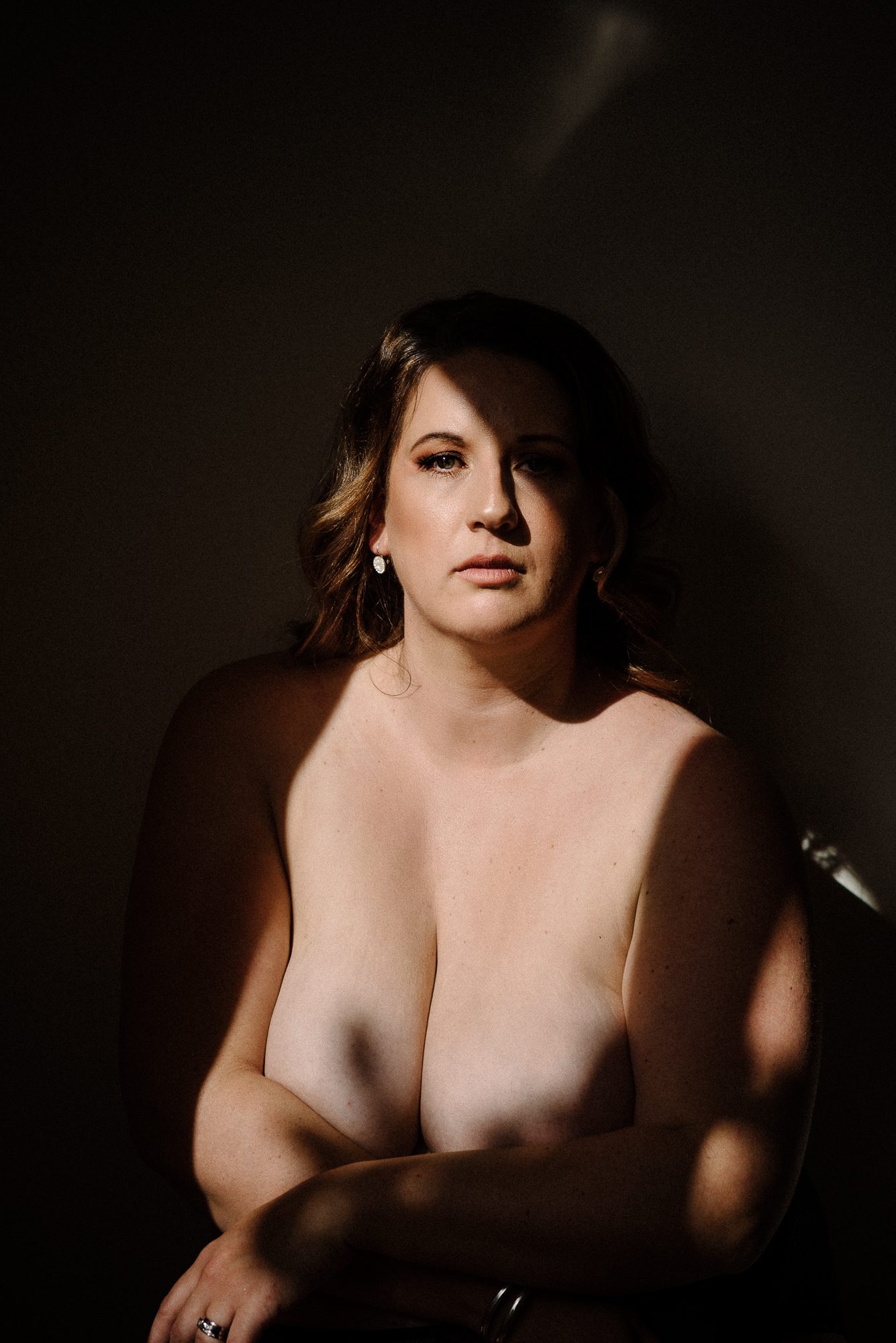
Head & shoulders: 50mm lens or nifty 50

A simple rule is that a 50mm lens is great for full body up to head and shoulder photographs. If you do decide to use this focal length for a closer portrait, you may want to be careful with how you approach it. I often use this lens for full body shots, just because it has a little less distortion than wider perspectives. Although, you also have to weigh up things like distance to subject, there is a lot to be said for being close enough to your subject to chat and suggest poses easily.
I have the Sigma Art Series 50mm f 1.4 and I love it like a first born (well technically my first was their 35mm, so let’s say second born!). At f 1.4 it performs incredibly well, the Sigma art lenses really blew my mind when they came out and I am still collecting them. I use it with an adaptor on my mirrorless camera and it performs incredibly well. It’s super sharp and creates lovely bokeh. I may sound like an advertisement for Sigma, but I really didn’t like many of their earlier lenses – so call it a balanced perspective.
Portraits & details: 85mm lens
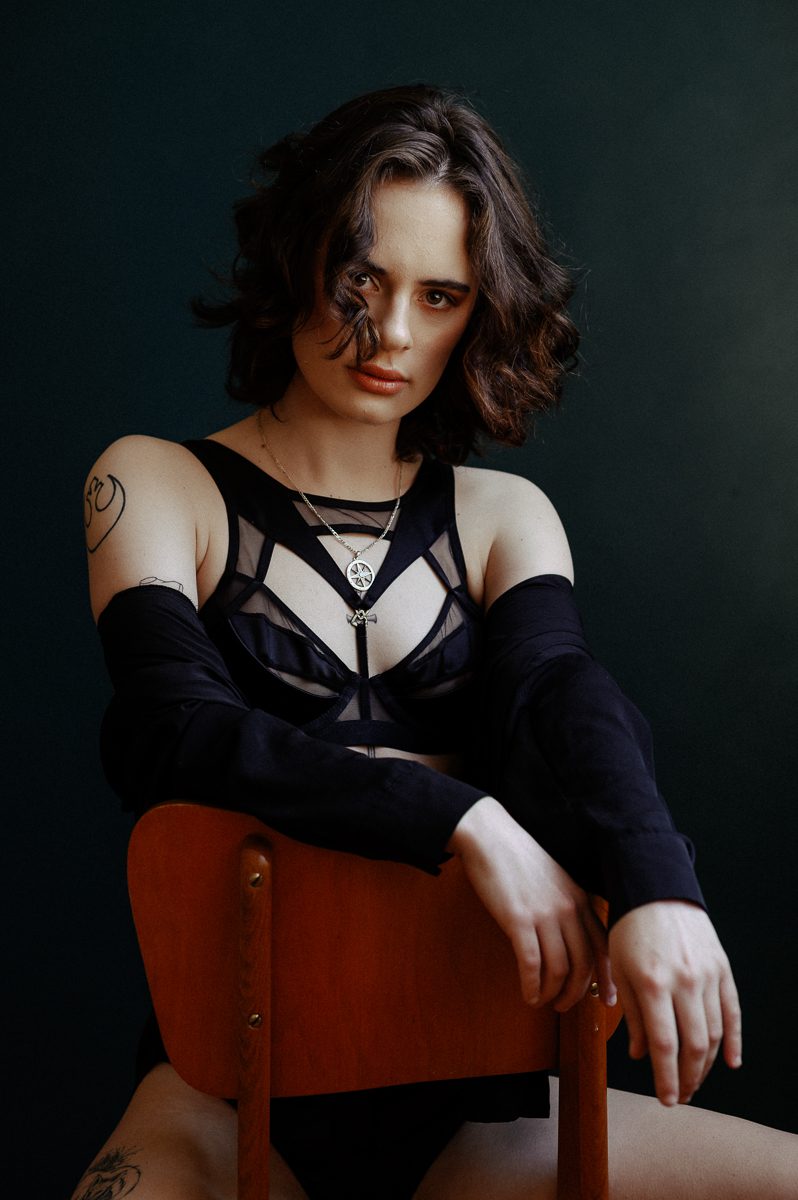

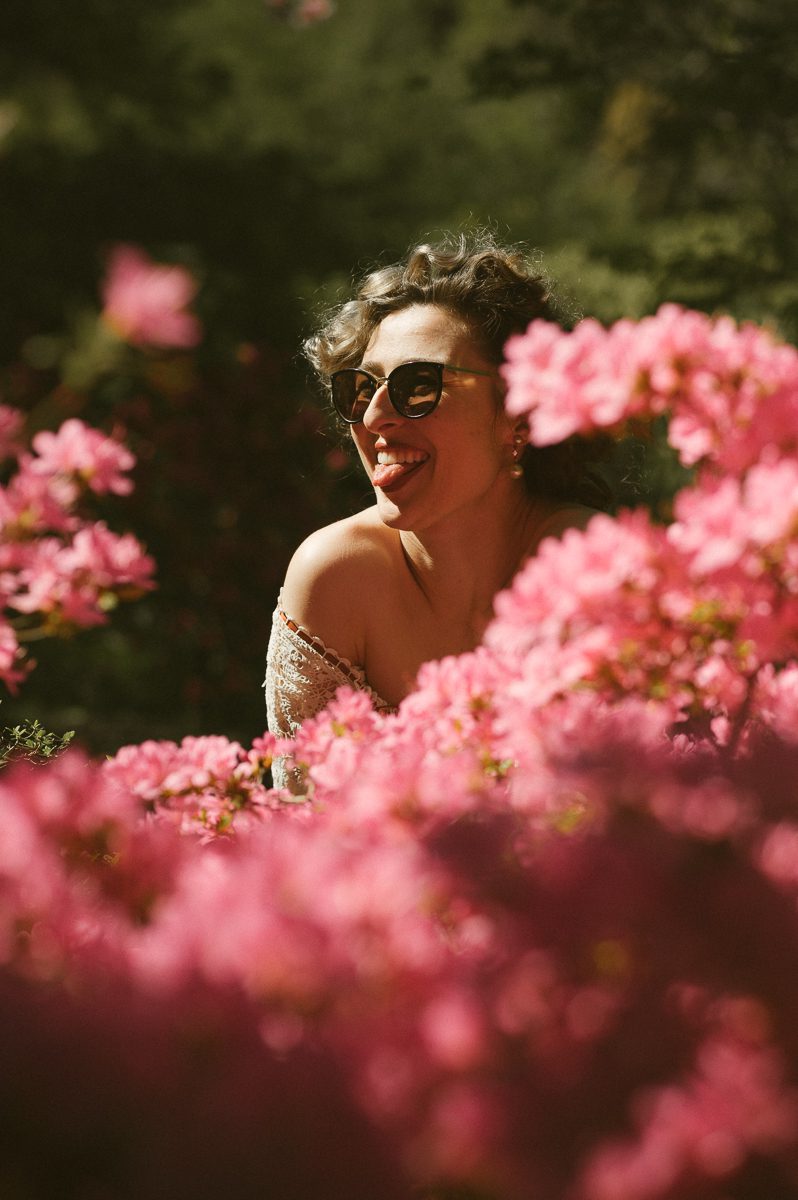
Why do I use the 85mm for details and portraits? This focal length creates lovely portraits with beautiful blurred bokeh at narrow apetures and is perfect for capturing details. It’s close enough to not have to stand super far away and compact enough to not look intimidating with your MASSIVE lens (I’m looking at you 200mm). Plus, the 85mm is nice and light (well mine is).
I am rocking the Nikon 85mm 1.8. Honestly, I have thought about upgrading it (maybe the Z series) but it performs incredibly well. The most important thing to remember when you are starting out is that you don’t need the most amazing equipment. Limitations with your gear can make you really creative and you will learn how to use your gear for maximum effect. Never, ever, think you can’t start without the latest and greatest gear.
When I started moving into professional photography, I was so overwhelmed by all the photo gear hobbyists. I didn’t think I could compete with their vast photography equipment collections – now I just appreciate their detailed and useful gear comparisons. I also love the steady stream of excellent and barely used lenses that rotate on Gumtree!
It’s important to understand that most photographers who work full time in the photography industry, don’t necessarily have as much disposable income for gear as you might believe! Investing in good, solid, workhorse lenses is the best strategy to build your photographic kit. Trade in and sell your old gear as you build up your kit. I would rather have a few great lenses than a group of unused lenses that collect dust. Never forget that some of the best cult lenses ever built are from the 1950/60’s – just saying!
Full body & wider shots: 35mm
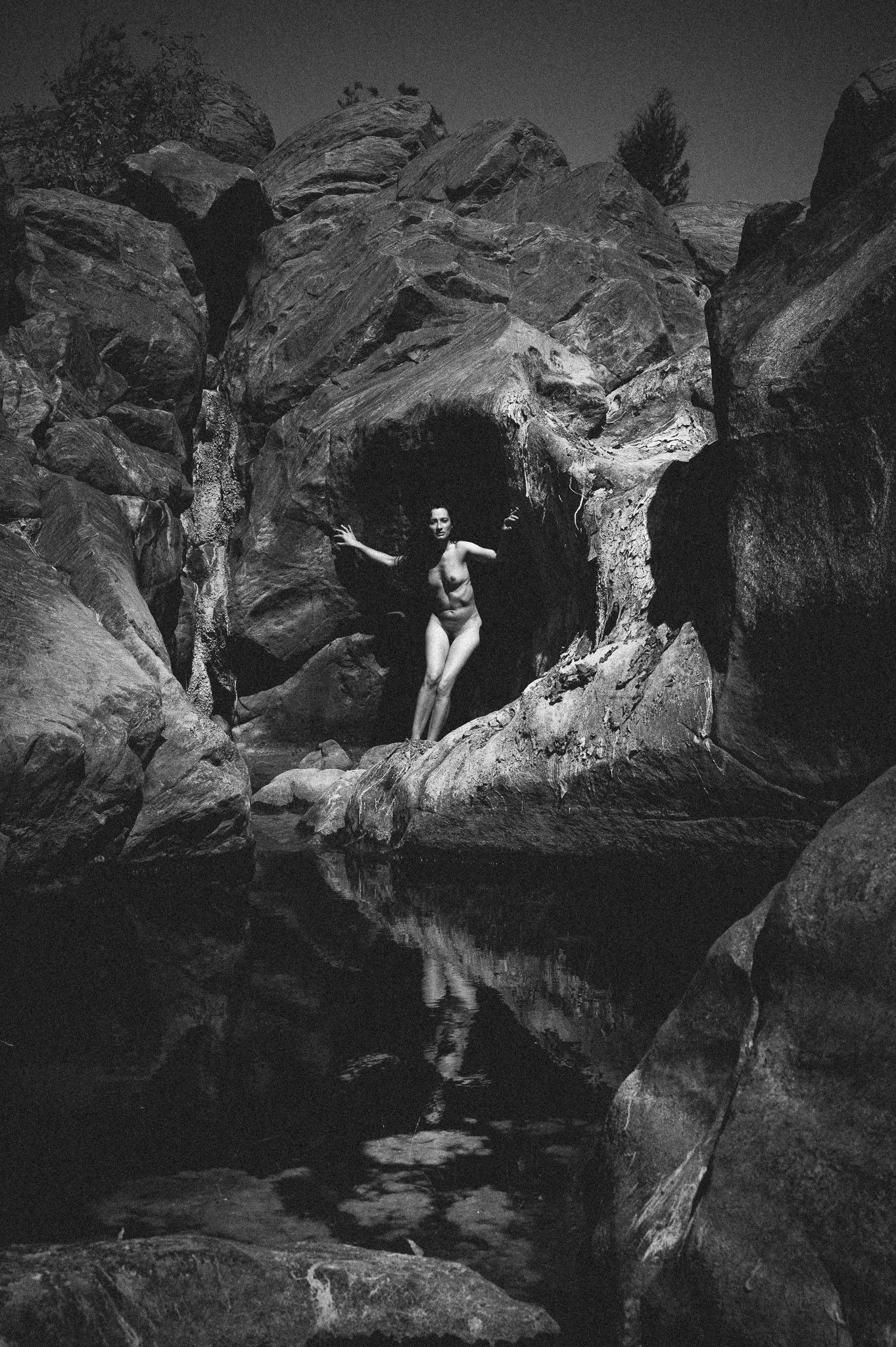

I own the Sigma Art 35mm f 1.4 and I really love it. If I’m creating full body or wider shots this lens is great. You can get in a good amount of the background and really add context to your photos. You can also do some fun distorted portraiture effects with it. It’s a really sharp lens and performs great at f 1.4. I do tend to shoot at a minimum aperture around f 2.8/3.2 with my wider aperture lenses, which I think is conditioning from using less sophisticated lenses and ensuring I had the focus point exactly where I wanted it! Front and back focusing is definitely a thing and with some lenses, particularly with certain camera bodies.
Break the rules
Photography is about breaking rules, so please do it! See how you can use focal lengths to create interesting photography. Like all areas, it’s important to understand the rules and why they are there before you go and break them.
